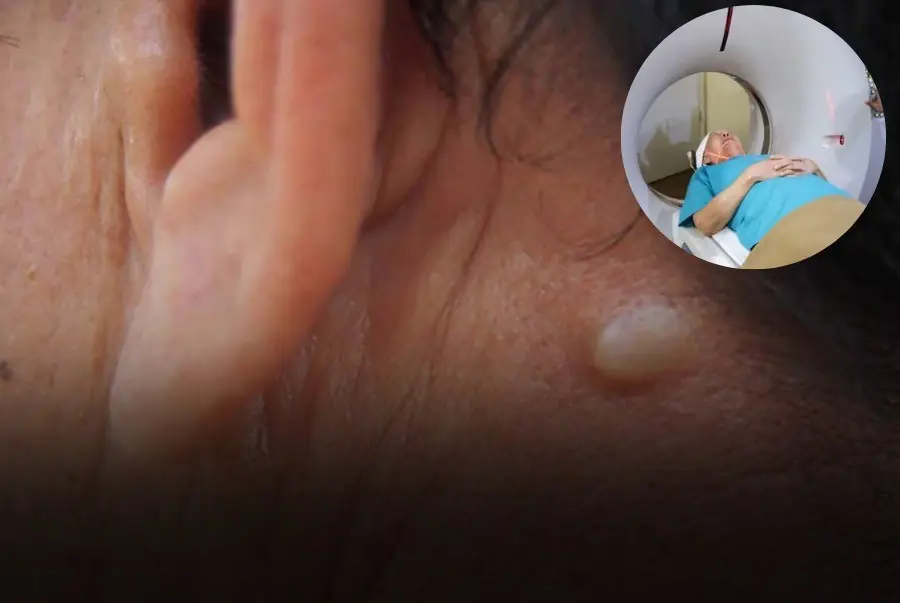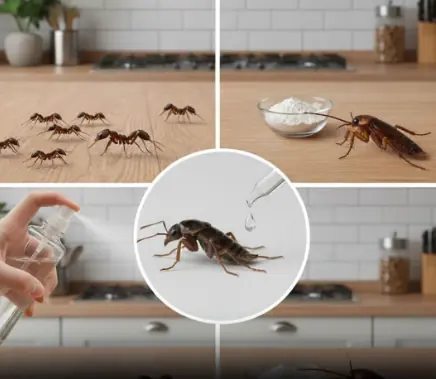
The Surprising Effectiveness of Using Beer to Clean Plant Leaves
The Surprising Effectiveness of Using Beer to Clean Plant Leaves
Who knew beer could be more than just a refreshing beverage? It turns out that beer can also work wonders as a natural leaf cleaner, leaving your plants looking vibrant and healthy. Here's why and how you should give this surprising tip a try!
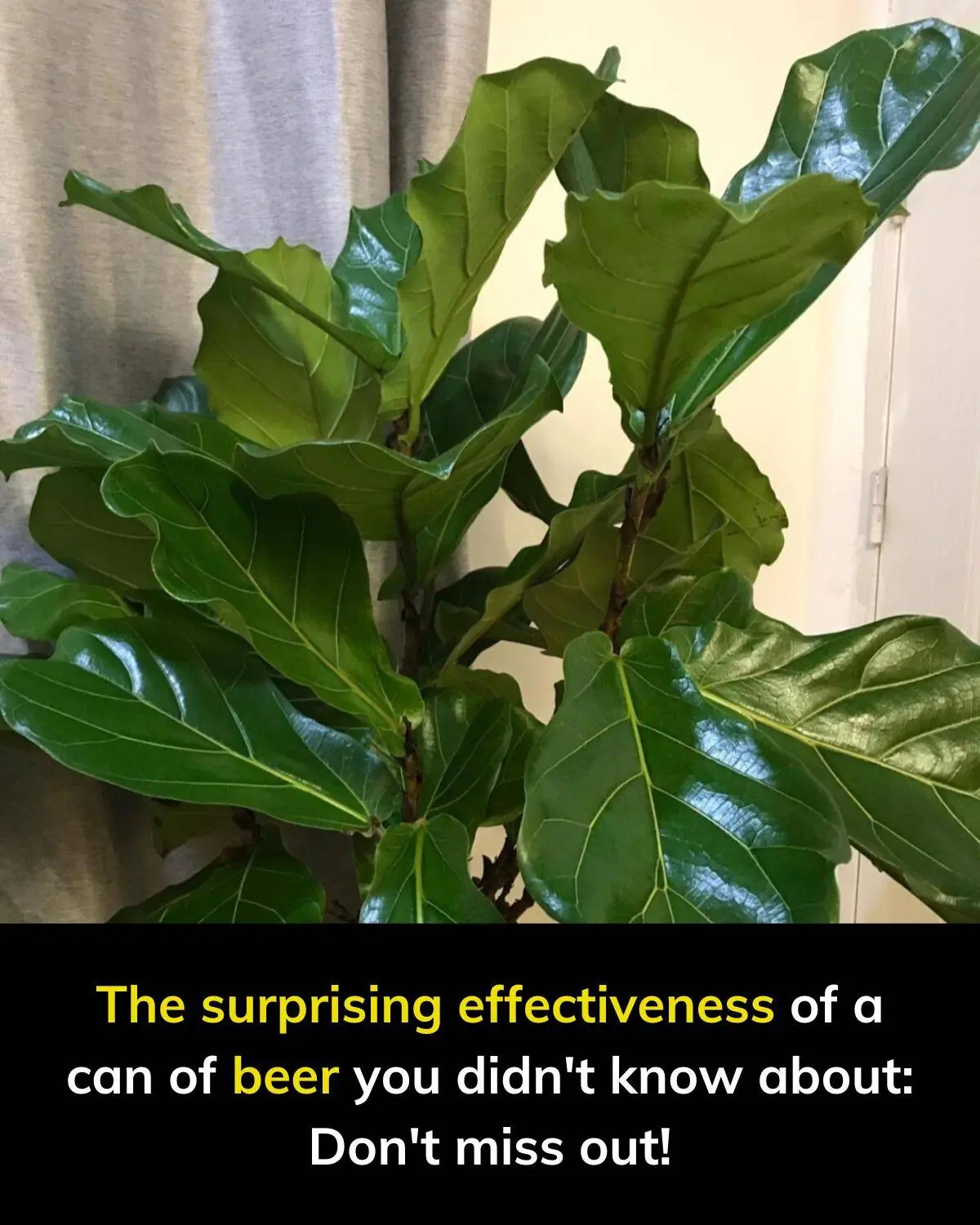
Why Use Beer to Clean Plant Leaves?
-
Removes Dust and Dirt:
The carbonation and natural ingredients in beer help to lift and remove dust and grime that accumulate on plant leaves. -
Adds a Natural Shine:
The sugars and proteins in beer act as natural polishing agents, giving the leaves a glossy, healthy appearance. -
Nourishes the Leaves:
Beer contains small amounts of yeast and nutrients that can benefit plants when applied sparingly, promoting healthier foliage. -
Eco-Friendly Solution:
Unlike chemical-based leaf cleaners, beer is a natural and biodegradable option that won’t harm your plants or the environment.
How to Use Beer to Clean Plant Leaves
What You’ll Need:
- A small amount of beer (flat beer works best).
- A soft cloth or cotton ball.
Steps:
- Pour some beer into a small container.
- Dip the cloth or cotton ball into the beer.
- Gently wipe the leaves one by one, removing dirt and leaving a polished surface.
- Let the leaves air dry for a natural shine.
Tips for Best Results
- Choose Flat Beer: Let the beer sit out for a while to reduce its carbonation before use.
- Use on the Right Plants: This method works best on plants with smooth, waxy leaves like pothos, monstera, or rubber plants. Avoid using beer on fuzzy or delicate leaves.
- Don’t Overdo It: A little goes a long way—too much beer can attract pests or leave sticky residue if not properly applied.
The Results Will Amaze You
With just a little beer and a soft cloth, your plants can go from dull and dusty to shiny and lively. Not only does this method help your plants look their best, but it also promotes better light absorption, aiding in their overall health.
So next time you crack open a beer, save a little for your plants—your greenery will thank you with a fresh, radiant glow!
News in the same category


3 Easiest Ways to Get Rid of Mice in Your House

How to grow ginger at home easily and enjoy fresh ginger all year round

4 Types of Fish That Are Prone to Heavy Metal Contamination — Even Sellers Rarely Eat Them

Electrical devices to unplug during storms, thunder, and lightning
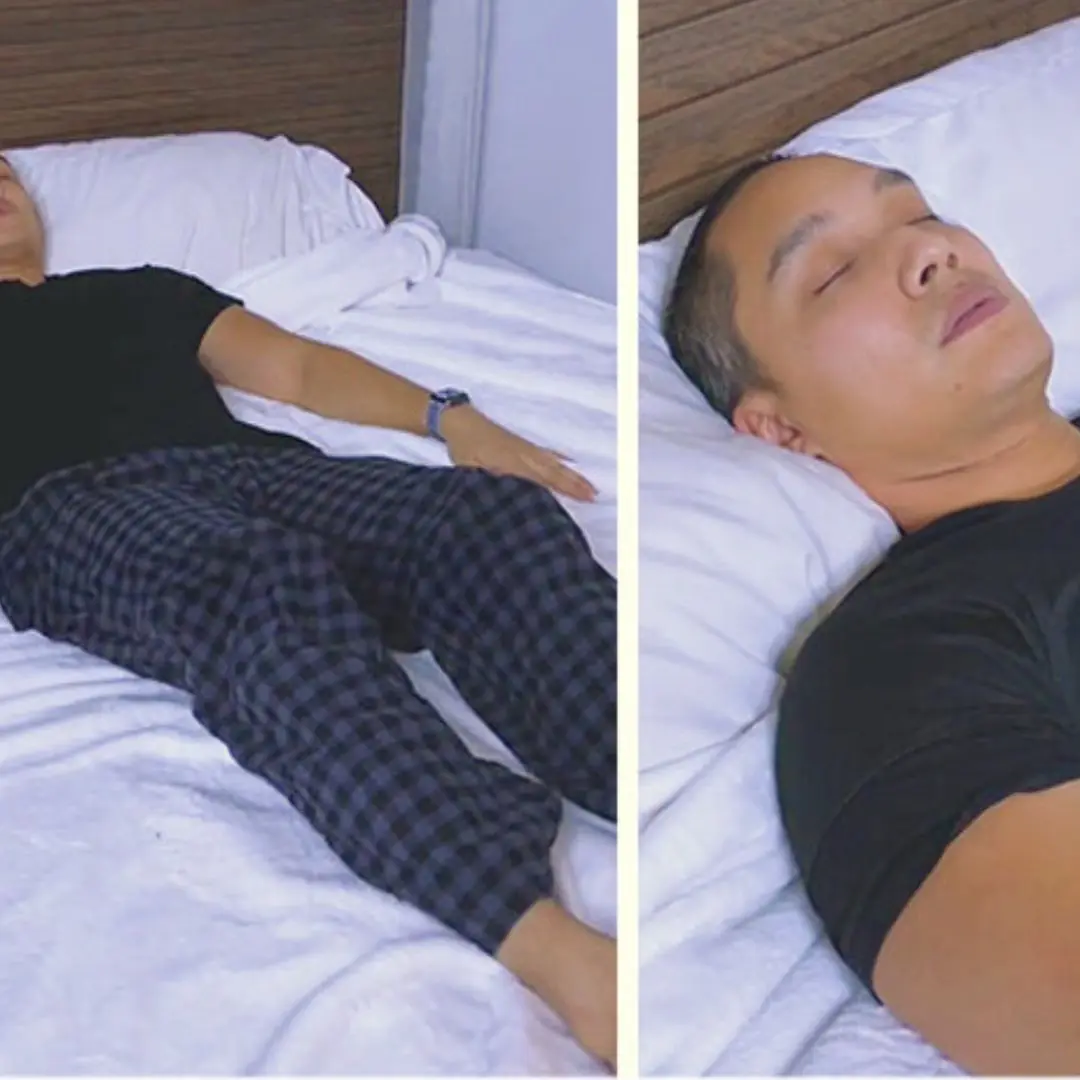
The Military Sleep Technique That Can Help You Fall Asleep in 2 Minutes

Why shouldn't you set the air conditioner to 26°C at night?

9 out of 10 people store onions incorrectly: Here's why you shouldn't keep them in the fridge
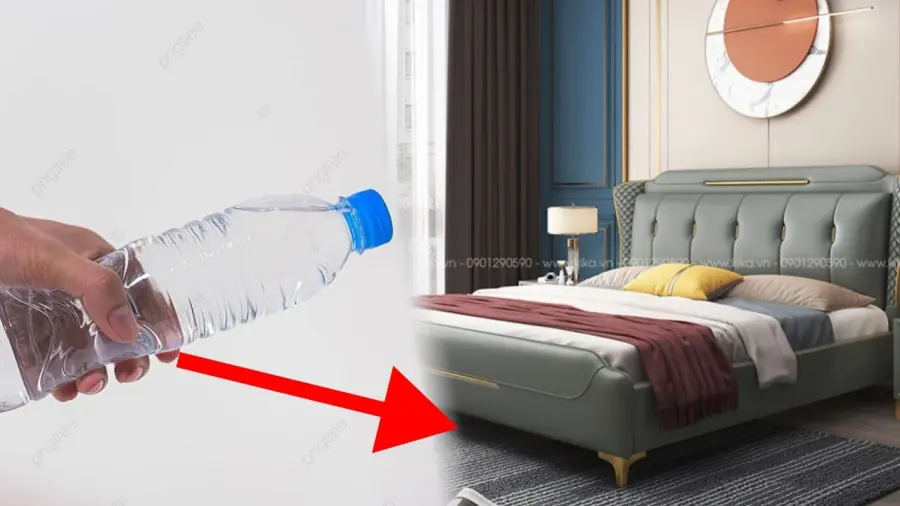
Smart travel tip: Why you should toss a water bottle under your hotel bed?
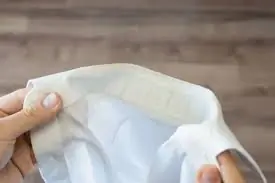
Don't throw away your yellowed white shirts - try this soaking method to make them bright and as good as new

Easy lemon storage hacks that keep them fresh for a long time

Natural Pest Control: Using Diatomaceous Earth and Cloves Against Bed Bugs and More

Tips to Quickly Get Ants Out of Sugar Jars and Keep Them Away for Good
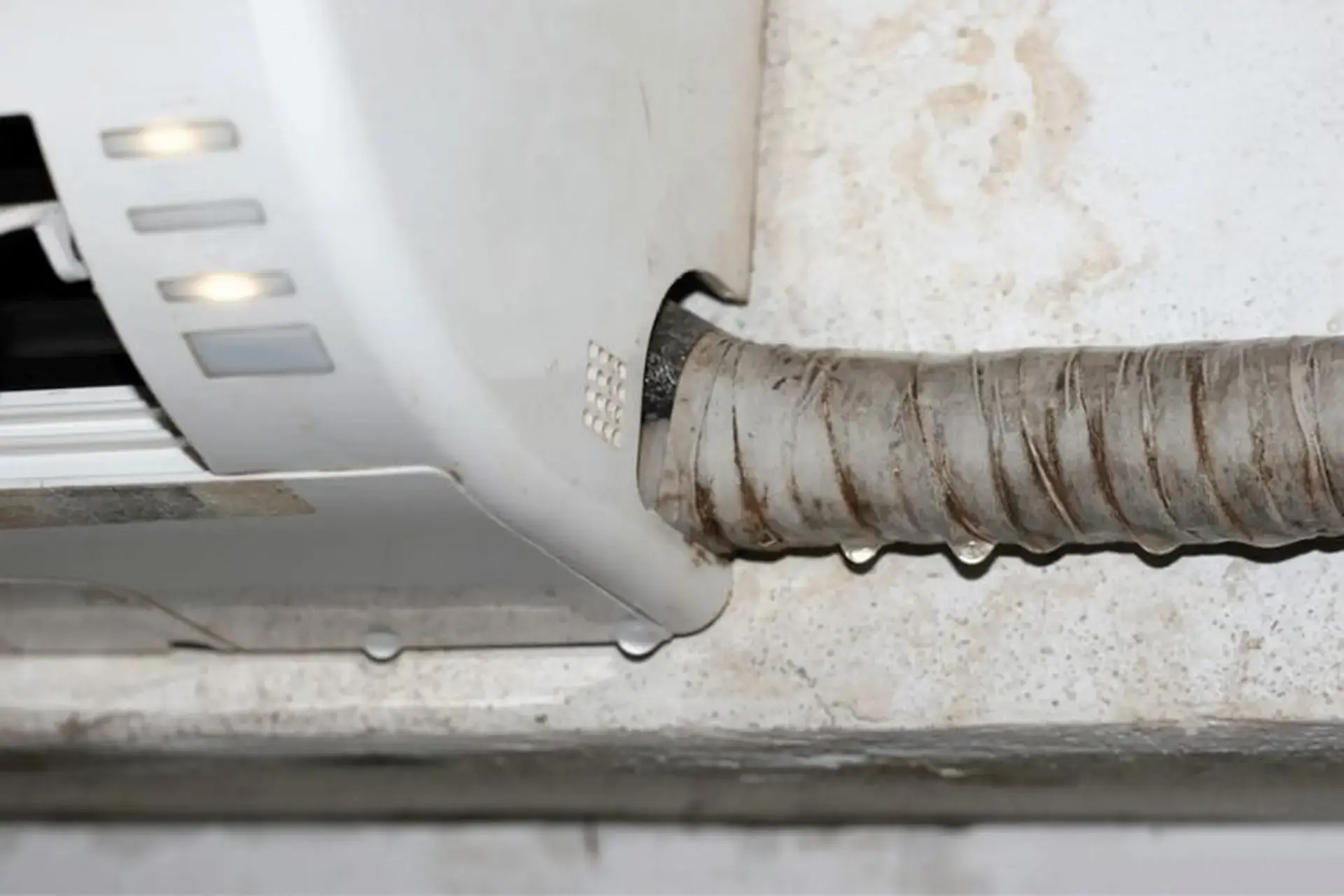
Common causes of water leaks from air conditioners and how to fix them.

Keep Ginger Fresh and Intact for a Long Time With This Simple Trick

Mix cloves, honey, and cinnamon and you will thank me! This is my grandmother's secret...

Experts Warn: Never Unplug These 7 Household Devices — You Won’t Save Money, and It Could Cause Even More Harm
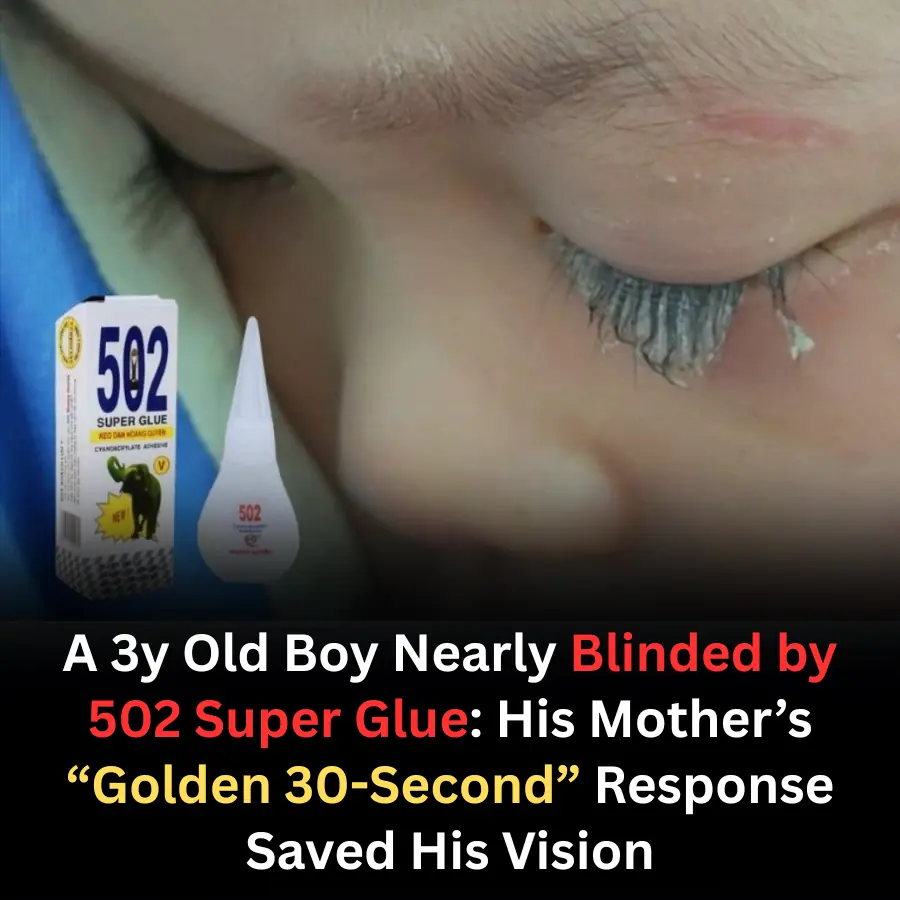
A 3-Year-Old Boy Nearly Blinded by 502 Super Glue
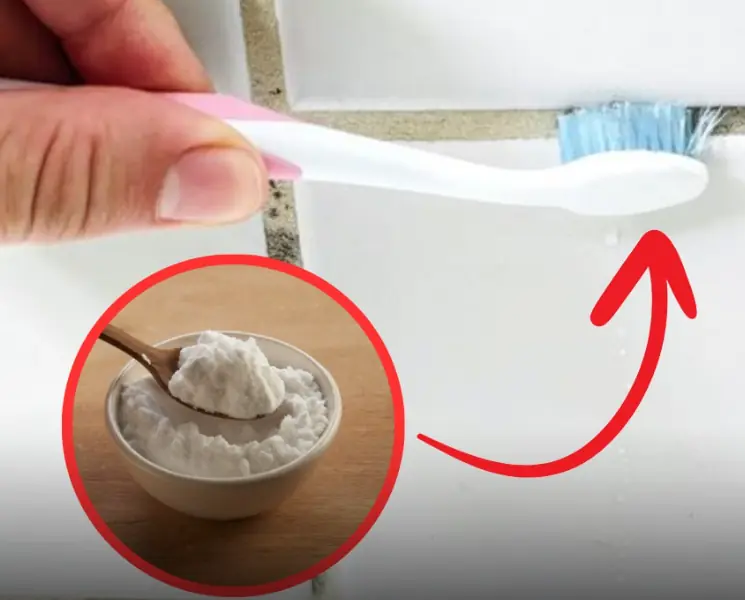
Simple hack to remove mold from bathroom grout using just 2 common ingredients - Better than bleach!

Smart people unplug the TV when checking into a hotel - Knowing why you will do it immediately
News Post

Potatoes are nutritious - But not everyone should eat them frequently

Can.cer often sends quiet signals in the morning - 3 symptoms you should never ignore

If These 4 Foods at Home Start Sprouting, Don’t Throw Them Away: They’re Not To.xic—They’re Even More Nutritious!

Never Smoked but Still Get Lu.ng Can.cer? Doctors Say the Cause Comes from One Thing Almost Everyone Is Exposed To — Especially Asian Women

Can.cer Cells Love These 3 Flavors the Most — Many People Are Shocked to Realize They Eat Them Every Day

3 Vegetables Known as “Natural Li.ver Tonics,” Widely Sold in Local Markets

3 Selfish Habits of Husbands That Increase a Wife’s Risk of Cervical Can.cer: Stop Them Now Before They Harm the Whole Family

Two Fruits That Can.cer Cells “Love”: Read This to Know What to Avoid

Pine Cone Syrup for Beginners: Natural Benefits, How to Make It, and Practical Uses

Doctors Warn: 2 Winter Bathing Mistakes That Increase the Risk of Headache and Stroke

Goodbye fleas, ants, and cockroaches with this home remedy
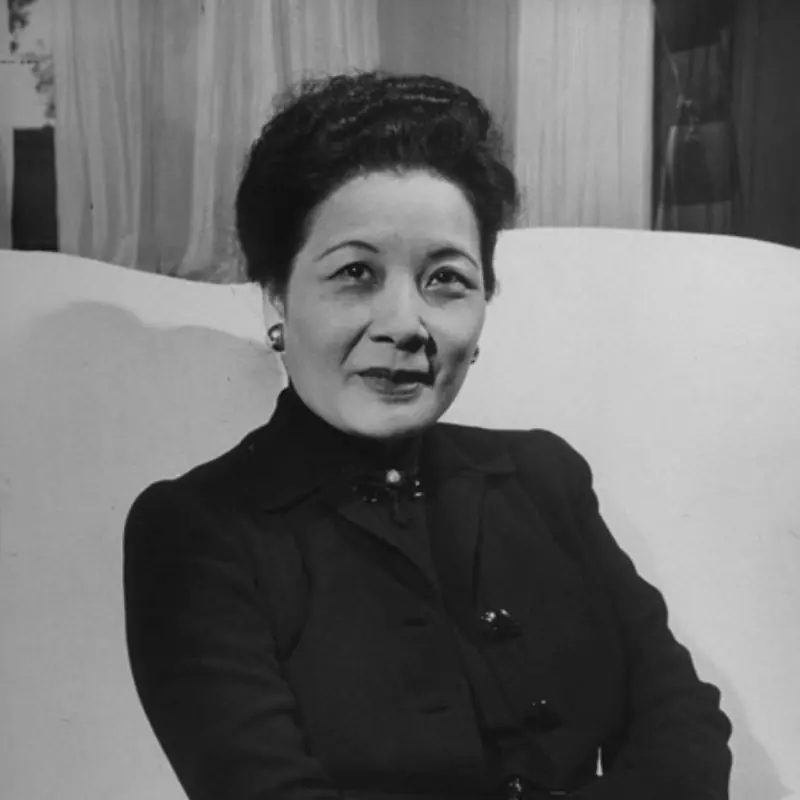
How Did Song Meiling Live to 106 After a Can.cer Diagnosis at 40? Her Diet May Explain Why
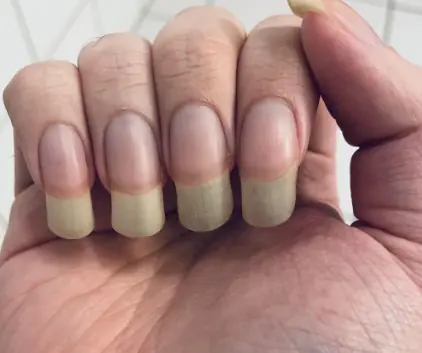
Why do some men grow this nail long?

Doctors Warn: 5 Warning Signs the Body May Send Before a Stroke

Female Student Hospitalized With Severe Kidney Infection After a Common Bathroom Habit
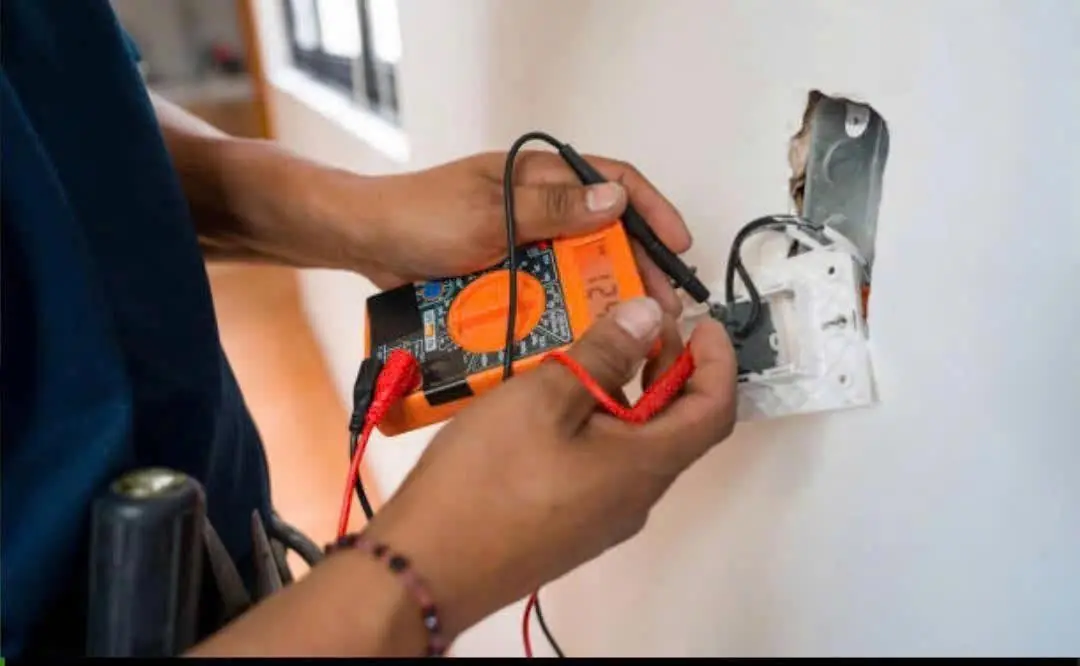
Turns out this is what costs us more electricity than anything else

3 Easiest Ways to Get Rid of Mice in Your House

Behind her battle with a rare disease at a young age was a harmful habit many unknowingly practice every day

32 Warning Signs of Magnesium Deficiency You Shouldn’t Ignore
